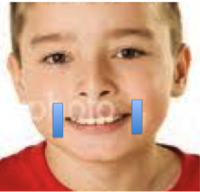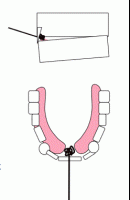
Q: Do SLP’s need a background in orofacial myofunctional therapy? I am not a certified orofacial myologist, but I have taken many seminars on the topic. I attend their conventions periodically, and I read and have written for the IAOM Journal. I have found that concepts from orofacial myofunctional therapy have been very useful to me as another way to gain a broad perspective of oral movements. Throughout my career I have combined concepts from orofacial myology, feeding development and therapy, and…


